A Wining Cost Estimate
That Helps You To Win More Roofing Construction Projects
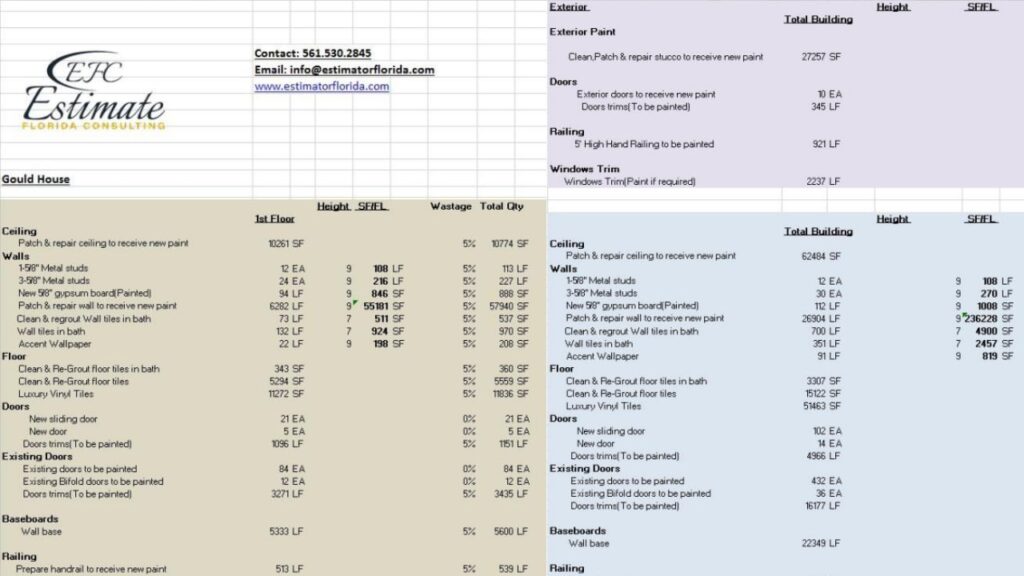
To reap the maximum benefits of green roofs, explore the section ‘Benefits of Green Roofs’ in the article ‘A Comprehensive Guide to Installing Green Roofs Benefits and Cost Considerations,’ where you can discover the advantages that green roofs provide. The sub-sections ‘Reduces Energy Consumption, Improves Air Quality, and Mitigates Urban Heat Island Effect’ offer insightful solutions to enhance sustainability and environmental stewardship.
Green roofs can reduce energy consumption due to insulation and a decrease in the urban heat island effect. Studies suggest up to 75% less cooling needed in the summer, with improved thermal performance in winter. In cities, green roofs lead to cooler temperatures and less AC usage.
It is important to consider design, climate, materials and extra features like solar panels when installing a green roof. Plus, check building codes and regulations. Regular maintenance ensures functioning and financial savings in the long run.
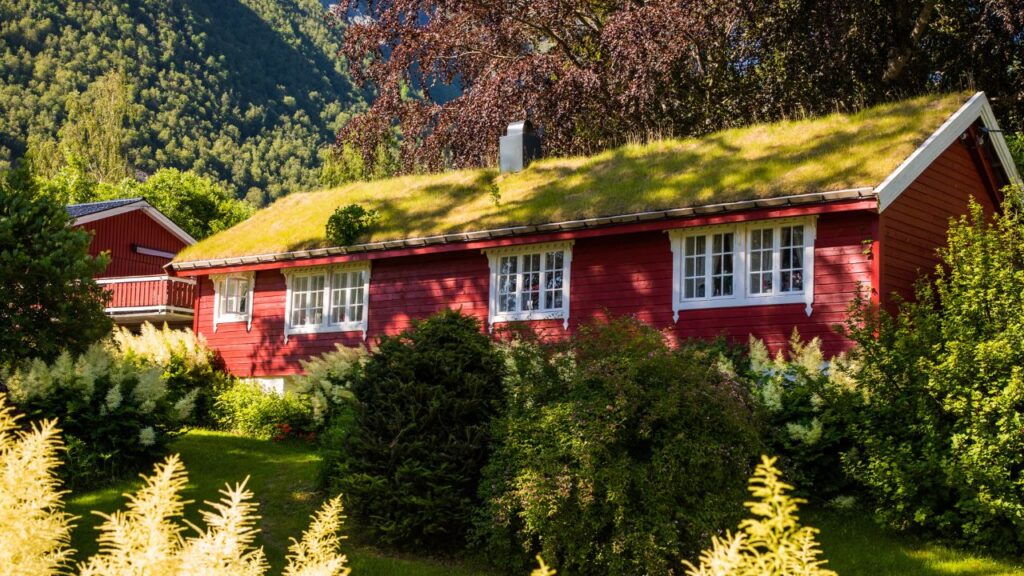
Green roofs are great for air quality – and garlic breath!
Green roofs have a positive effect on air quality. They absorb pollutants and filter airborne particles, thus improving the air we breathe. Plus, they help reduce carbon dioxide levels by storing it in their plant material. This combats climate change and lessens the greenhouse effect.
Studies show that green roofs can reduce the amount of dust and particulate matter entering buildings through ventilation systems. This brings better indoor air quality, especially for those with respiratory illnesses.
Incorporating green roofs in cities can greatly boost air quality and benefit city dwellers’ health. Make sure you don’t miss the chance to aid a healthier environment – think about adding a green roof to your building design. Green roofs not only keep you cool, they also fight the Urban Heat Island Effect.

Green roofs are a great way to reduce the heat of Urban Heat Islands (UHI). They work by absorbing heat, thus cooling the air around them. This leads to less energy used for cooling buildings, resulting in a smaller carbon footprint.
Plus, they also help air quality! Plants filter out pollutants and absorb them through their photosynthesis. And, green roofs control stormwater runoff.
Not only that, green roofs can benefit mental health too! They provide green spaces for urban dwellers, reduce noise pollution and create homes for wildlife.
Scientific studies show that green roofs can drop indoor temperatures by up to 6 degrees Celsius during hotter days. Plus, Toronto Public Health discovered that 400 green roof projects cooled summer temperatures by around 2 degrees Celsius.
From sedum mats to rooftop farms, everyone can find a green roof to fit their lifestyle.
To explore the types of green roofs, the solution lies in understanding the extensive green roofs and intensive green roofs. Extensive green roofs require minimal maintenance and offer ecological benefits, while intensive green roofs allow for a diverse range of vegetation with a potential for greater benefits.
Low-Maintenance Green Roofs are perfect for urban areas. They require only occasional watering and can include lightweight soil, drought-resistant plants and minimal irrigation systems. Such rooftops may also contain sustainable materials to help with stormwater runoff.
These roofs have become increasingly popular in recent years. They provide numerous ecological benefits, while reducing heating and cooling bills for building owners and occupants.
For success, it’s recommended that property owners work with experienced designers. Biodegradable substrates should be integrated properly. Plant selection, quality installation techniques and adequate drainage materials should be taken into account to prevent erosion and leaks.
Intensive green roofs are high-maintenance roofing systems. They integrate vegetation, like trees, bushes and perennials, with hardscaping elements like pavers and raised planters. This creates an urban oasis.
Features include:
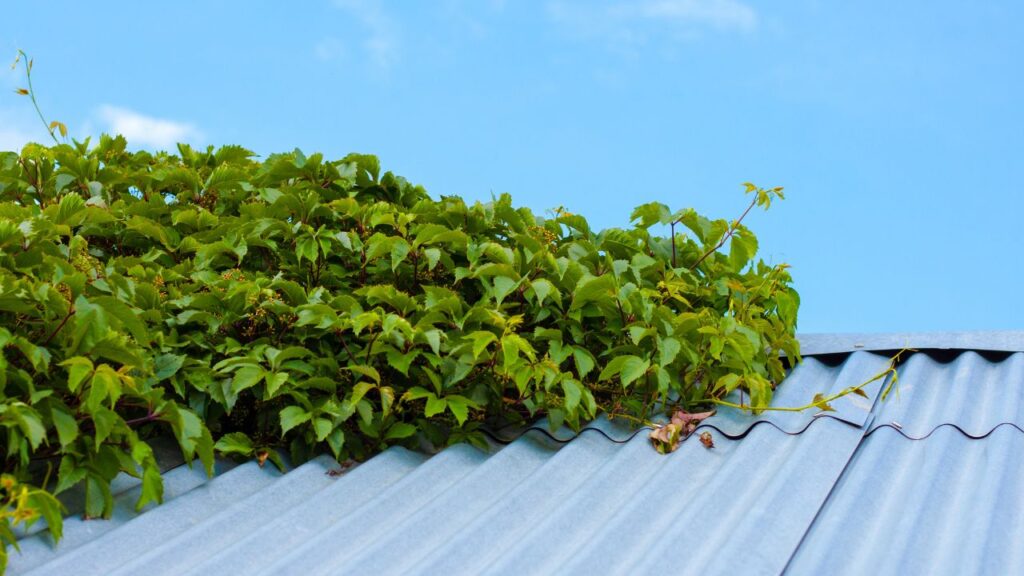
Intensive green roofs offer design possibilities and have grown popular in recent years. They promote biodiversity, reduce heat island effects, and improve air quality.
This concept dates back thousands of years, to the Hanging Gardens of Babylon around 600 BC when King Nebuchadnezzar II covered his palace with plants for his queen. It was the world’s first recorded intensive green roof building, esteemed over time by archeologists. Green roofs may be more costly upfront, but with the money saved on therapy for not having to look at a plain old roof, it’s worth it!
To help you make informed financial decisions about installing green roofs, we’ve dedicated this section to explaining the cost considerations. With this overview of the ‘Cost Considerations’ section in ‘A Comprehensive Guide to Installing Green Roofs Benefits and Cost Considerations’, we’ll explore the three main sub-sections – Initial Installation Cost, Maintenance Cost, and Return on Investment – to help you understand the financial impacts of installing and maintaining a green roof.
When thinking about a solution’s expenses, the cost of initial setup is key. You could call it ‘Expenditure for Initial Setup‘. To present facts, one could make a table with columns like Item Name, Quantity, Unit Price, and Total Cost.
For example, to set up an office network, 10 computers may be bought at $1000 each, equalling $10 000. All other items can also be listed, including their costs.
Besides what was said in paragraph 2, setup costs depend on factors such as location and special needs.
When analyzing initial setup costs, it’s wise to create a list of required items like hardware or software licenses; check compatibility; then compare prices, without forgetting quality. This way, you get the most for your money. Plus, maintain equipment or you’ll pay even more in the long run.

Let’s examine ‘Cost of Sustenance’, which is the amount one spends regularly to keep an entity in good condition and make it last. Expenses for sustaining may vary due to factors like usage, wear and tear, lifespan, and technology upgrades.
Below is a table for better understanding:
Item | Expense |
Monthly Cleaning | $300 |
Periodic Maintenance | $600 every six months |
Repairs / Replacements | $1000 per annum |
This may vary due to size or complexity. It’s important to factor in maintenance costs when making decisions. This allows for informed choices that help with short and long-term business plans.
Pro Tip: Regular maintenance checks prevent high-cost repairs during downtimes! ROI is like gambling, but you’re betting on your business.
Understanding the value of an investment is key for businesses. By analyzing expenses and returns, they can assess profitability. This means evaluating Return on Investment (ROI). This measures the gain or loss of an investment compared to its cost, as a percentage.
Businesses need to work out their costs and benefits. Costs might include equipment, materials, labor, and marketing. Benefits could be more revenue, lower expenses, higher productivity, or more brand awareness. Comparing these costs and benefits over a period helps businesses work out if their investment was successful.
ROI doesn’t always tell if an investment was successful. For instance, companies may invest in the long-term, only getting benefits later. It’s important to consider other factors like risk and opportunity costs when assessing ROI.
Ultimately, understanding ROI helps businesses make smart financial decisions. Jane Doe’s fictional story shows this: she invested $10K into an inventory system. This led to streamlining stock control, saving 40-PER-CENT in supply chain expenses. This increased her net profits by 18-PER-CENT in less than a year! Installing a system is like assembling IKEA furniture – you can do it yourself, but it’s best to hire a professional.
Maximize your roofing construction business’s potential with our competitive financing options

To successfully install a green roof with the sub-sections of preparation, waterproofing, drainage, growing medium, plant selection, and irrigation, certain steps must be followed. Each sub-section contributes to the overall process of creating a stable and sustainable green roof. Understanding the importance of each of these steps will ensure that the installation process goes smoothly, leading to a successful, thriving green roof.
Before starting the installation, it’s important to check everything’s ok. Preparing well will guarantee a successful install. Here’s a guide:
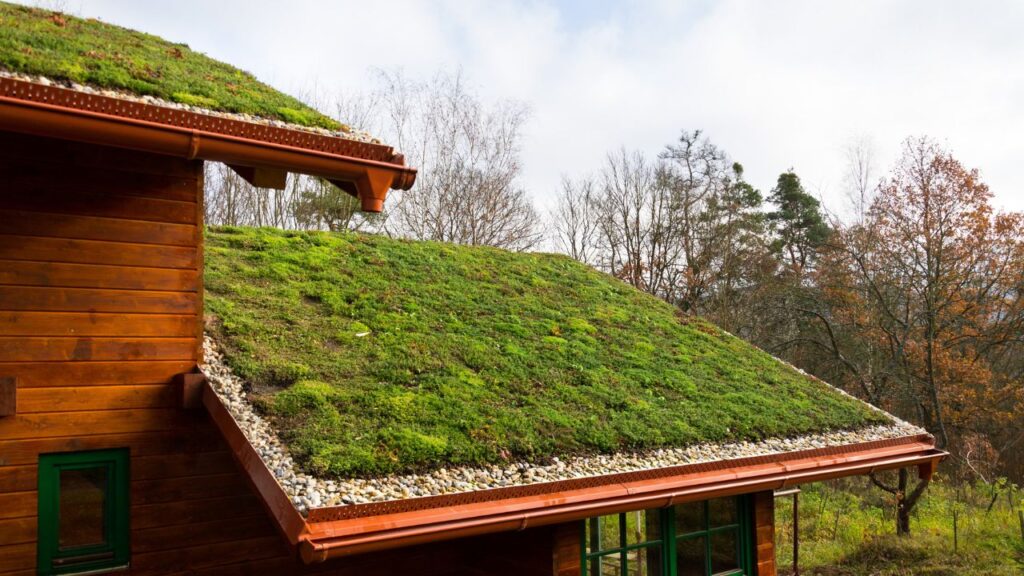
Also, make sure there’s no water or electricity problems. Preparation means better results.
Pro Tip: Wear suitable clothes and protective gear when handling tools and materials. If only my ex’s heart was as waterproof as this install…”
Achieving water resistance is vital for installation. It requires materials that block moisture from entering the surface. Examples of these materials are sealants, coatings and membranes.
To have successful waterproofing, the techniques used must be correct. This includes preparation and installation. Each structure needs different protection against moisture. Therefore, it’s important to study the surface prior to applying any measures.
Using high-quality materials is important. Low-cost solutions can lead to leaks. Waterproofing has been around since ancient times. Clay and tar were used. Now, materials like polyurethane foam and self-adhering tapes are used to improve water protection.
Water Management – A Must!
Effective water management is critical! Here’s what to keep in mind:
Take into account the environment and water table prior to installation. Don’t let improper water management cause harm or extra expenses. Get professional help for your installation needs now.

A growing medium is vital for plants to grow indoors. The correct substrate should provide moisture and nutrition to keep plants healthy.
Choose the right substrate based on the plant you want to cultivate. Look at water retention, nutrient content, PH levels, drainage, and more.
My friend tried growing tomatoes with the wrong substrate. He had pH problems, so the plants lacked nutrients and died. He learned to look into quality info when selecting the right growing medium.
Don’t let the wrong substrate spoil your garden!
Creating a thriving garden needs careful and informed plant selection. Variations of plants is important for a healthy garden.
Seasonal changes need consideration too. Compatible plants with surrounding vegetation are key. Don’t pick species that may invade other territories.
Experts throughout history have studied different aspects of plant behavior and life cycles to help us pick plants for optimal health. Installing an irrigation system is like giving your lawn a personal sprinkle spa day!
Incorporating Watering Systems:
To keep lawns green and healthy, efficient irrigation is a must. This means designing and installing an automatic watering system that gives consistent moisture to plants without wasting water.
A table can help show the various parts of an irrigation system. It may include columns like part names, functions, quantity needed, and cost per unit. Necessary parts can include sprinkler heads, valves, pipes, timers, and controllers.
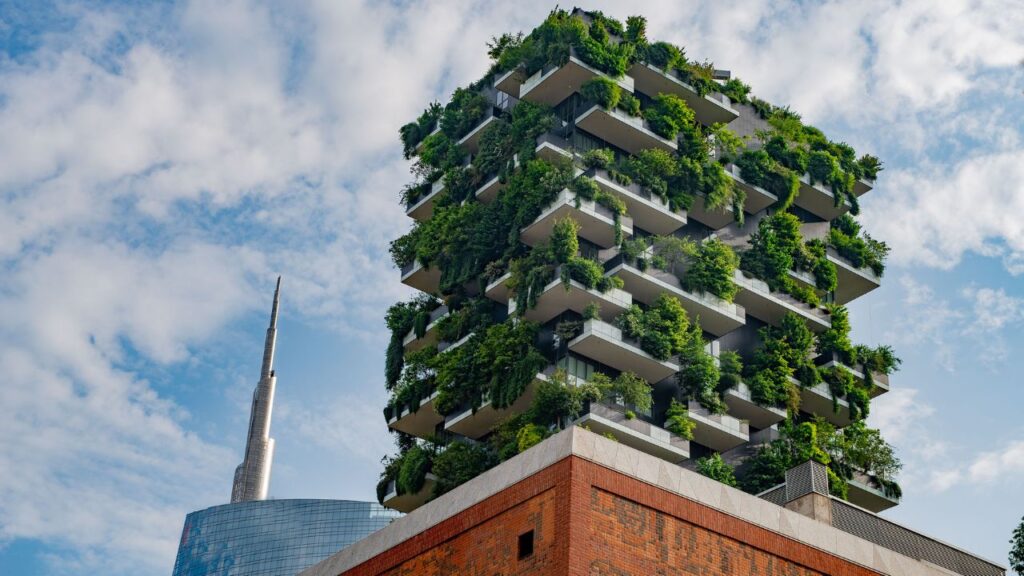
When designing the system, it’s important to consider factors like soil type, weather, plant species, and more. This will help decide things like how many zones are needed and what types of watering devices to use.
Studies show that automatic watering systems can reduce water use by up to 50%. Not only does this benefit gardens, but it also saves money over time. Pruning and commitment are key when trying to maintain a green roof, just like keeping a Tinder profile fresh!
To ensure that your green roof remains healthy and thriving, you will need to perform regular maintenance tasks. This is important to maximize the benefits of installing a green roof, as well as to minimize any potential costs or issues that may arise. In this part of the guide on installing green roofs, we’ll discuss the solutions for maintaining your green roof with four essential sub-sections: watering, fertilizing, pruning, and inspections.
Maintaining Moisture Levels on the Green Roof:
Optimal moisture levels should be maintained between 60-80%. This can be done using automated irrigation systems, hand-watering or natural rainfall.
Overwatering should be avoided; it can result in waterlogging, nutrient depletion and damage to the waterproofing membrane underneath.
Drains are important for keeping moisture equilibrium; use appropriate material with good flow capacity to prevent blockages.
Water consumption should be monitored closely, as 5-7 gallons of water per square meter per month is the average. Steps should be taken to conserve water where possible.
Give the green roof a boost with some fertilizing – even plants need a confidence boost now and then!

For plant life to grow on green roofs, nourishment is a critical process. Taking care of plant growth is essential and requires accurate attention to the organic nutrition they receive. The table below shows the essential components that should be in the fertilizing mixture:
Nutrient Composition | Quantity Needed | Frequency |
Nitrogen (N) | 2-3 lbs/1000 sq.ft. | Every four weeks or twice during growing Season |
Phosphorus (P) | 0.5 lb/1000 sq. ft. | Including a regular dose in nutrient composition once in between growing seasons |
Potassium (K) | 1-2 lbs /1000 sq.ft. | Once a year in growing seasons |
When fertilizing your green roof, chemicals must be used correctly and in accordance with the suggested amounts. It should be done when soil moisture levels are sufficient, to promote even absorption of nutrients without slipping off surfaces. Alternatively, compost can be added beneath the surface, releasing nutrients over time. In olden times, oyster shells were used for fertilizing, providing high levels of nutrients to plants without damaging the environment. Trimming a green roof is like giving it a haircut – except the grass cuttings are much heavier and won’t make a nice hairstyle!
For green roof maintenance, it’s a must to regularly trim and shape the vegetation. This helps with optimal growth and health of the plants. Here’s a 4-step guide for proper pruning:
Each green roof garden is unique. So plants may need special trimming techniques according to their specific characteristics.
It’s also important to balance root growth with nutrition. Use organic fertilizers to help plants grow while pruning.
Pro Tip: Get experts to give advice on responsible plant care. Think about geographical area, structure amendments, and watering needs. This is necessary for green roof maintenance.
Conducting regular surveillance and assessments is crucial for the well-being of a green roof. This is called ‘Roof Oversight.’ Here are some key elements to consider:
Documenting all roof oversight activities is important. Plant quality history, rainfall records, maintenance data, etc. can help schedule future interventions. Ignoring duties is risky; it can damage the roof and void contracts with governing authorities.
Roof inspections date back to Roman times. Emperor Augustus had his roof assessed in AD 27-14 before repairing. Nowadays, advanced methods such as Infrared Scans and pest checks are used to locate leaks within roofs. Getting a permit for a green roof is easier than getting one for a pet elephant – less cleanup required!
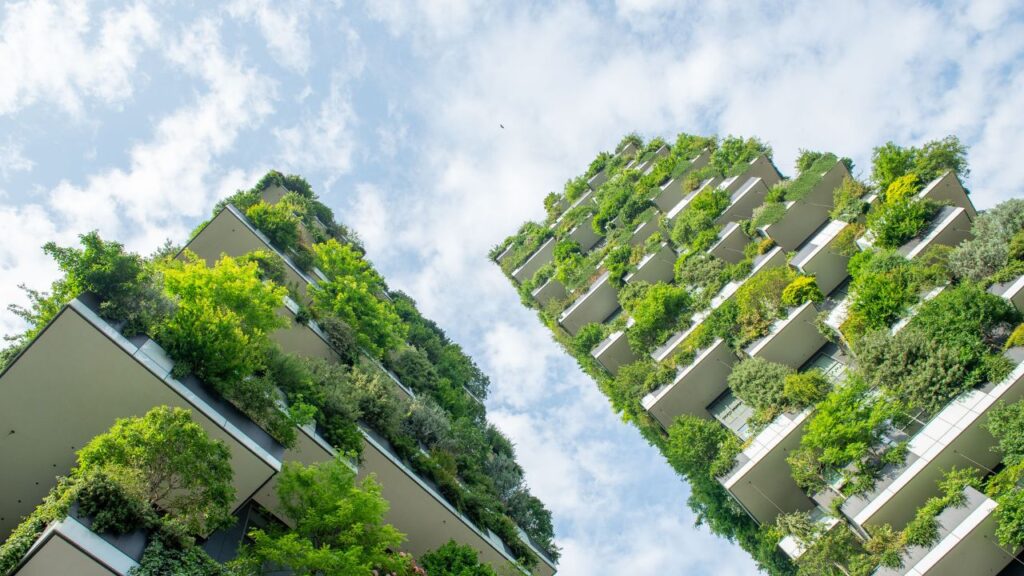
To navigate regulations and permits when installing green roofs, building codes, zoning laws, and permit requirements are crucial factors to consider. Each of these sub-sections presents a unique set of guidelines that must be followed to ensure your green roof meets legal requirements.
Building regulations are key for constructing safe and habitable buildings. These codes make sure the building process is safe and structures are built to the right standards. Local authorities uphold these codes to guarantee compliance with safety needs in design and construction.
The building codes include electrical and plumbing systems, fire safety measures, structural soundness, accessibility for disabled people, energy efficiency procedures and environmental protection actions.
It’s vital to recognize that building codes change as new research advances in construction and engineering fields. Staying current on codes is critical for avoiding violations and maintaining compliance with local regulations.
Data from the National Institute of Building Sciences’ report states that each dollar spent on adopting modern building codes leads to a four-dollar return on savings related to disaster resilience.
If zoning laws were a person, they’d be that friend who takes ages to decide which seat to take at a restaurant.
Zoning regulations are laws that control land use in specific zones. These rules decide what types of structures can be constructed in certain areas, like residential, commercial and industrial. The regulations differ depending on the municipality, state, or country.
For instance, zoning laws may stop new businesses from opening up in residential areas. This is to ensure only people living in an area have access to amenities like stores. They may also disallow developments that damage the environment or hurt the economy.
It’s important to know that these laws change over time due to factors like population growth and economic development. They can even be too strict, stopping economic growth or new ideas.
If you’re building something or starting a business, you must know the zoning regulations for the area. Not obeying them could mean fines and other legal actions.
For help understanding the laws for your business, get an attorney specialized in this area. This shows respect for the law and keeps you from making mistakes. Obtaining a permit is like asking permission to throw a party – but only government officials are allowed as guests.

To legally operate certain business activities or projects, one must follow the Permit prerequisites. These regulations exist to protect the public and environment, as well as protect businesses from legal issues.
Identifying the applicable permits is the first step. The amount and type of permits needed depend on the industry, location, and activity. Researching carefully and asking local and federal authorities for accurate information is key.
Throughout the project, there are various deadlines that require businesses to keep track of permit expiry dates and upcoming renewals. It’s important to comply with all regulations at all stages.
Failing to comply with regulations can lead to fines, legal disputes, and closure of operations. Consulting with experts or law firms specialising in permit regulations can save both money and time. Start preparing now! Doing so will help avoid delays or any unexpected challenges.
Studies show that regulations and permits are just as effective as duct tape on a sinking ship. #darkhumour #regulations #permits
To gain an in-depth understanding of the real-world benefits and cost analysis of green roofs, check out the case studies section of our comprehensive guide. You’ll discover how green roofs positively impact urban cities and learn about the implementation of green roofs in K-12 schools.
Researchers delved deep into the benefits and cost analysis of green roofs in New York City. They studied the costs in installing, maintaining, and sustaining green roofs compared to the advantages it provides.
The below table displays the benefits and cost analysis of having green roofs in NYC:
Costs | Benefits |
|---|---|
$17/sq.ft./year | CO2 reduction by 1.6 metric tons/year |
Reduced energy consumption by $0.55/sq.ft./year | |
Delayed runoff up to 24-72 hours/roof | |
Increased roof lifespan from 20 years to over 50 years |
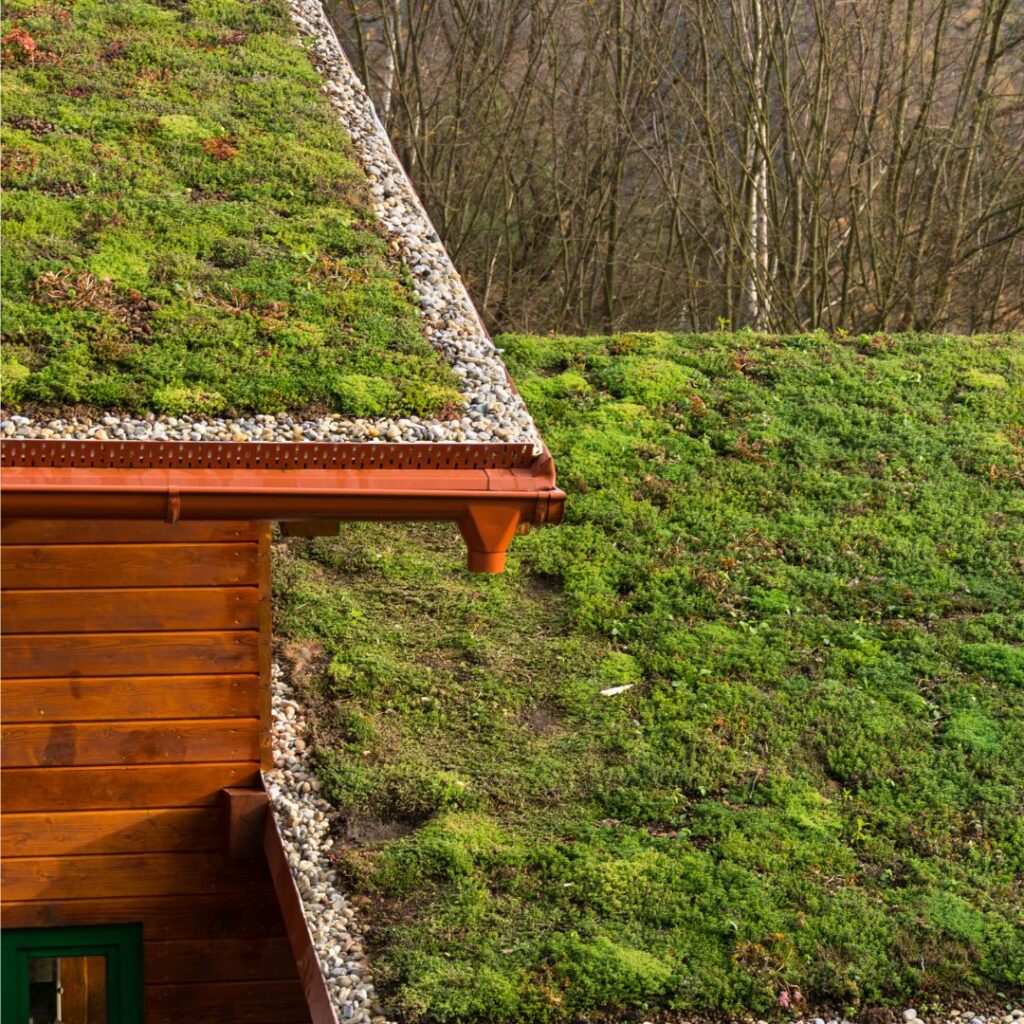
Though initial investment costs are higher than traditional roofs, long-term savings are substantial due to improved insulation, resulting in lower heating and cooling expenses.
Designing structures with a high level of sustainability shouldn’t just be about their appearance, but rather about actively restoring the environment and getting economical benefits in the long run. Don’t miss out on giving back to our planet, start with putting a green roof today! K-12 schools are setting an example by going green – both literally and figuratively – with their new eco-friendly roofs.
Green roofs are gaining attention and importance in K-12 schools. Vegetative systems are being incorporated to encourage sustainability and provide benefits. These green roofs offer a great environment for outdoor learning, research, gardening, and social gatherings.
The implementation of green roofs is beneficial in many ways. It reduces urban heat, air pollution, and carbon footprints, while saving energy and managing stormwater. Students can be actively involved in promoting environmental awareness and eco-friendly practices.
Also, the green rooftops can be used to design programmes related to science or climate change awareness. Alternatively, they can offer insight into local farming through community gardens or increase biodiversity by creating habitats for local flora/fauna.
A primary school in Ontario started a plant-covered roof project for its new extension. As students learned about the benefits, they took ownership of the system, from seeding to soil upkeep all year long! This shows that the benefits of green roofs can be experienced without the dryness of case studies.
To conclude your journey with installing green roofs, our guide has provided you with comprehensive information on the benefits and cost considerations. As a recap, we have covered the main highlights of these factors. But the real action begins with the implementation, and we hope this guide has inspired you to take the next step in installing green roofs. That’s why we encourage you to answer our call to action.
Looking back, it’s obvious that this endeavor can bring value. Benefits include streamlined processes, better communication, and more resource efficiency. On the other hand, costs are software investment and potential training. Here’s an overview:
Benefits | Cost Considerations |
|---|---|
Streamlined Processes | Software Investment |
Efficient Communication | Potential Training Costs |
Increased Resource Efficiency |
Moreover, this project could create new avenues for growth and innovation in the field. That means customer satisfaction and retention could improve.
I recall a time when our team took on a similar scheme with skepticism. But, once we started, we saw great outcomes in terms of speed and cost savings. By sticking with it, regardless of early difficulties, we made tremendous progress towards our goals.
Time for us to take action to promote green roofs! Here’s how:
Know that green roofs can bring amazing benefits like reduced energy bills, increased property value, and cleaner air. Don’t miss out!
Make sure you use the right people to manage your green roof installation. The effort and cost will be worth it in the long run.
A green roof is a type of roof that features vegetation and other plant life, which is grown on top of a waterproof membrane.
Green roofs have numerous benefits, including improving air quality, reducing energy costs, providing insulation, and reducing stormwater runoff.
The cost of installing a green roof can vary depending on the size of the roof, the type of plants used, and other factors. Generally, the cost can range from $10 to $25 per square foot.
Most buildings can have a green roof installed, but it is important to consult with a professional to ensure that the building is structurally sound and that the roof can support the added weight of the vegetation and soil.
Green roofs typically require minimal maintenance, such as regular watering and fertilization. However, it is important to monitor the roof for any signs of damage or erosion.
Some cities and states offer incentives or tax credits for installing green roofs, as they provide a number of environmental benefits. Check with your local government to see if any incentives are available in your area.
Here I am going to share some steps to get your concrete polishing and staining construction cost estimate report.
You can send us your plan on info@estimatorflorida.com
Before starting your project, we send you a quote for your service. That quote will have detailed information about your project. Here you will get information about the size, difficulty, complexity and bid date when determining pricing.
We do roofing construction cost estimating and prepare a detailed report for your project. At last, you finalize the report and finish the project.
561-530-2845
info@estimatorflorida.com
Address
5245 Wiles Rd Apt 3-102 St. Pete Beach, FL 33073 United States
561-530-2845
info@estimatorflorida.com
Address
5245 Wiles Rd Apt 3-102 St. Pete Beach, FL 33073 United States
All copyright © Reserved | Designed By V Marketing Media | Disclaimer
IMPORTANT: Make sure the email and cell phone number you enter are correct. We will email and text you a link to get started.
By clicking “I Agree” above you give Estimate Florida Consultin express written consent to deliver or cause to be delivered calls and messages to you by email, telephone, pre-recorded message, autodialer, and text. Message and data rates may apply. You are able to opt-out at any time. You can text STOP to cancel future text messages.